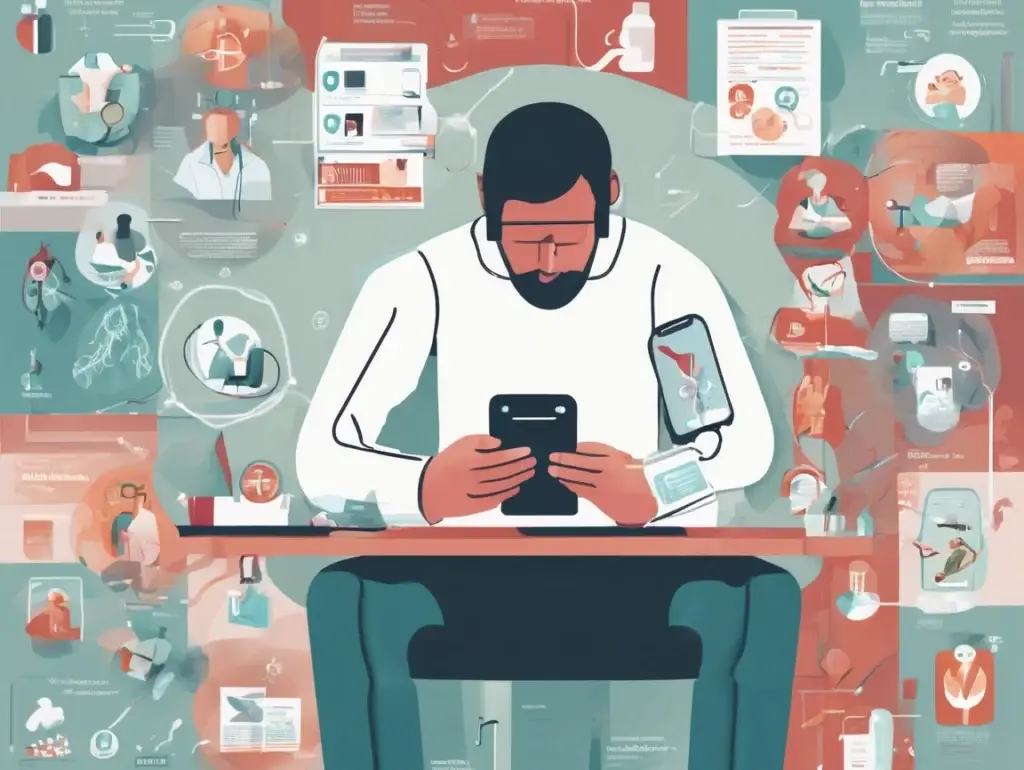In recent years, mental health awareness has exploded across platforms like TikTok, Instagram, and YouTube. Therapy terms, diagnostic labels, and emotional vocabulary that were once confined to clinical settings are now part of everyday conversation.
But while it’s encouraging to see people becoming more emotionally literate, there’s a growing concern: Are we empowering people to better understand themselves—or encouraging over-pathologizing and self-diagnosis without proper context?
Let’s take a closer look at the benefits, risks, and how therapists can help clients who come in saying, “I think I have ADHD, BPD, or narcissistic traits.”
The Rise of the TikTok Therapist and the Instagram Infographic
Social media has democratized access to mental health concepts. Videos with hashtags like #MentalHealthAwareness, #ADHDTok, and #HealingJourney rack up millions of views. Creators share symptoms, coping tools, and personal stories. But there’s a catch:
Not everything labeled “educational” is accurate.
A 2022 study from McGill University found that over 50% of mental health content on TikTok was misleading or oversimplified. In many cases, these videos list vague, general traits that could apply to almost anyone:
- “If you get overwhelmed in crowds, you might have autism.”
- “If you can’t focus, it’s definitely ADHD.”
- “If you hate being abandoned, you’re probably BPD.”
These broad statements lack nuance and ignore differential diagnoses, cultural factors, trauma histories, and co-occurring conditions.
The Pros of Increased Awareness
Let’s not discount the benefits. For many, social media is their first introduction to therapy concepts. It can:
- Normalize mental health struggles
- Reduce stigma about seeking help
- Help people feel seen and less alone
- Encourage people to seek professional support
For someone who’s never had access to a therapist, even a 60-second reel can spark real insight.
The Cons of Self-Diagnosis
Where it becomes problematic is when content is consumed without critical thinking or clinical guidance.
1. Over-Identification with Labels
People may start to see themselves through the lens of a diagnosis they don’t actually meet criteria for. This can affect self-image and relationships.
2. Confirmation Bias
We tend to seek evidence that supports what we already believe. Once someone thinks they have a disorder, they may unintentionally filter all their experiences through that lens.
3. Avoiding Deeper Work
Slapping a label on emotional pain can sometimes be a shortcut that skips past deeper exploration. A diagnosis is not a personality—it’s a clinical tool.
4. Delay in Seeking Real Help
Some may rely entirely on online content and never pursue therapy, thinking they’ve “figured it out.”
Why Diagnosis Matters—And When It Doesn’t
Formal diagnosis is helpful when it:
- Guides treatment planning
- Unlocks access to accommodations or medication
- Helps the client understand what they’re experiencing
But not every struggle needs a label. Sometimes what we call ADHD or BPD traits are really:
- Unprocessed trauma
- Poor boundaries
- Attachment wounds
- Nervous system dysregulation
A good therapist looks beyond labels to explore the whole person.
The Therapist’s Take: How to Support Clients Who Self-Diagnose
When a client says, “I think I have [insert trending diagnosis],” here’s how to respond:
- Validate the underlying experience. They’re not being dramatic—they’re trying to make sense of something painful.
- Explore the why. What about that label resonates? What are they hoping it explains or resolves?
- Educate gently. Share what diagnostic criteria really looks like. Use psychoeducation to empower, not shame.
- Shift the focus from labels to patterns. Help clients see that treatment is about building self-awareness and tools, not fitting into a box.
“Your pain is real even if your diagnosis is uncertain. We can still work on what’s hurting.”
Final Thoughts: Awareness is a Door, Not a Destination
Mental health content online isn’t going away—and it shouldn’t. It’s opening doors for people to reflect, connect, and grow. But we need to teach critical thinking, not just symptom-spotting.
Labels can help us feel seen. But healing comes from doing the deeper work beyond the label.
🎙️ Listen to the Podcast: Licensed and Unfiltered
This week we dive into self-diagnosis culture, the rise of mental health influencers, and how to respond with compassion and clarity. From TikTok trends to real clinical insights, we’re breaking it all down.
Subscribe wherever you listen to podcasts.

